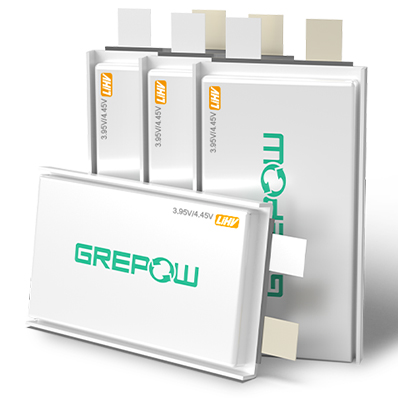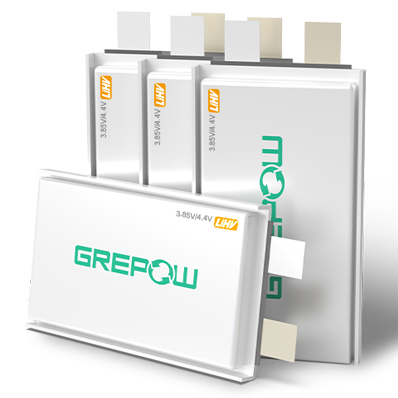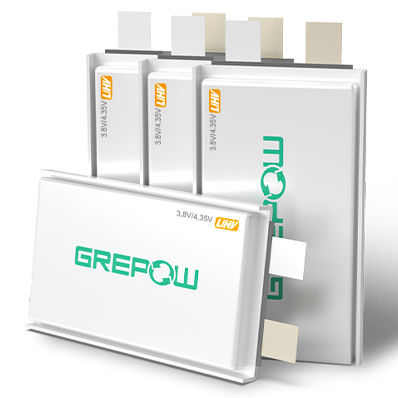The Development Status of High-voltage Lithium Batteries
A high-voltage battery refers to a battery whose battery voltage is relatively higher than the ordinary battery that we use. With the development of global diversification, our lives are constantly changing, including the various electronic products we come into know. Then you must not know some of the components of these products, such as high-voltage lithium-ion batteries. With the continuous improvement of the requirements for the capacity of lithium-ion batteries by electrical equipment, people have higher and higher expectations for the improvement of the energy density of lithium-ion batteries.
In particular, various portable devices such as smart-phones, tablet computers, and notebook computers have put forward higher requirements for lithium-ion batteries with small size and long standby time. Also in other electrical equipment, such as energy storage equipment, power tools, electric vehicles, etc., are constantly developing lithium-ion batteries with lighter weight, smaller size, higher output voltage, and power density, so the development of high energy density Lithium-ion batteries are an important research and development direction in the lithium battery industry.
A high-voltage battery refers to a battery whose battery voltage is relatively higher than the ordinary battery. According to battery cells and battery packs, it can be divided into two types. The high-voltage battery is defined from the voltage of the battery cell. This aspect is mainly for lithium batteries. At present, the types of lithium battery cells mainly include high-voltage lithium battery cells and low-voltage lithium battery cells. At present, lithium cobalt oxide has been widely studied and applied as a high-voltage anode material. The structure is non-nafeo2 type, which is more suitable for lithium-ion insertion and ejection. The theoretical energy density of lithium cobalt oxide is 274mAh/g, the production process is simple, the electrochemical performance is stable, and the market occupancy is high. In practical applications, only part of lithium ions can be reversibly inserted and ejected. The actual energy density is about 167mAh/g (working voltage is 4.35v). Increasing the working voltage can significantly increase the energy density. For example, increasing the operating voltage from 4.2v to 4.35v can increase the energy density by about 16%.
High-voltage lithium battery cells have higher energy density and lower safety performance than low-voltage batteries, but their discharge platform is relatively high. Under the same capacity, high-voltage batteries are lighter than low-voltage batteries in terms of volume and weight. With the increase in voltage, high-voltage lithium-ion batteries will reduce certain safety performance during use, so they have not been used in batches in power vehicles. At present, the battery cathode materials used in power vehicles are mainly ternary materials and lithium iron phosphate. To increase the energy density to meet the demand, generally choose 811NCM and NCA and other high nickel cathode materials, high capacity silicon-carbon anode or improve battery space utilization and other methods to improve its energy density and endurance. High current and high voltage make lithium cobalt oxide materials used in high-energy-density batteries, such as high-end mobile phone battery manufacturers' increasingly high battery performance requirements, which are mainly reflected in the demand for higher energy density, such as carbon requirements for 4.35V battery cathodes The energy density is about 660wh/L, and the 4.4V battery has reached about 740wh/L. This requires the anode material to have a higher compaction density, a higher empty volume, and the structure of the material under high pressure and high pressure has better stability. However, lithium cobalt oxide electrode materials have shortcomings such as scarcity of cobalt resources, high prices, and certain toxicity of cobalt ions, which limit its wide application in power lithium batteries. In terms of discharge rate of high-voltage and low-voltage batteries, high-voltage lithium batteries have a higher discharge rate and stronger power than low-voltage lithium batteries. Therefore, in theory, a high-voltage battery should be more suitable for use in products and equipment that require high-rate discharge. , In order to better exert its advantages. In the process of research and design, there must be problems of one kind or another. This requires our scientific research workers to constantly sum up the experience in the design process in order to promote continuous product innovation. If you want to know more about high-voltage batteries, please check https://www.grepow.com/lihv-battery.html
For customized high voltage batteries, please contact us directly at info@grepow.com
Related Articles
-
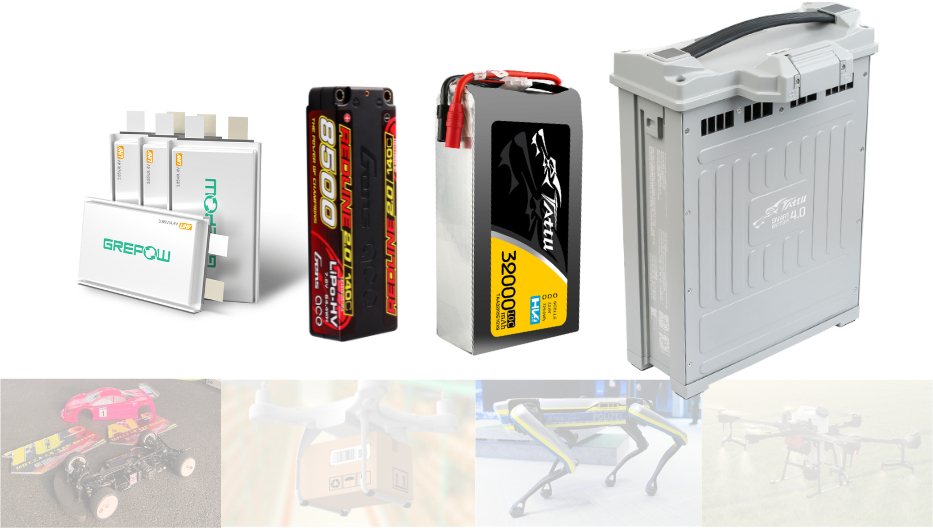
High Voltage Batteries: Basics & Applications Guide
2025-02-28 -
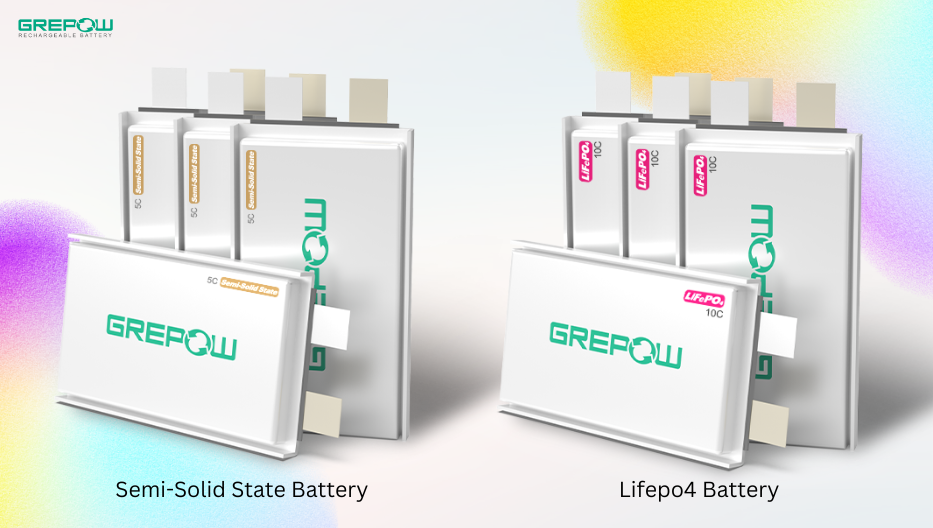
Semi Solid State Battery vs Lifepo4 Battery: What's the Difference?
2025-01-20 -

How Drone Light Shows Are Created and Key Battery Power Requirements
2024-10-21














































